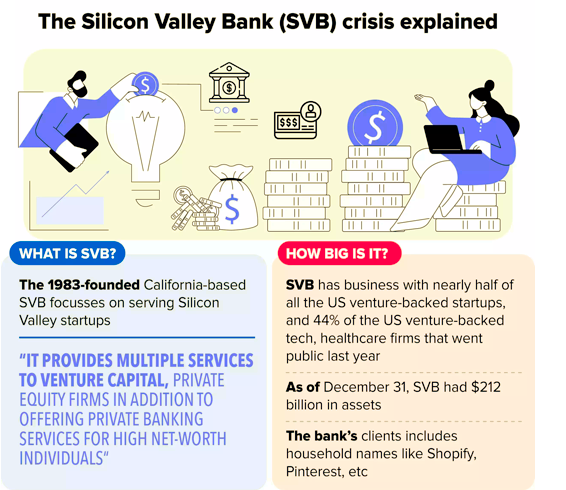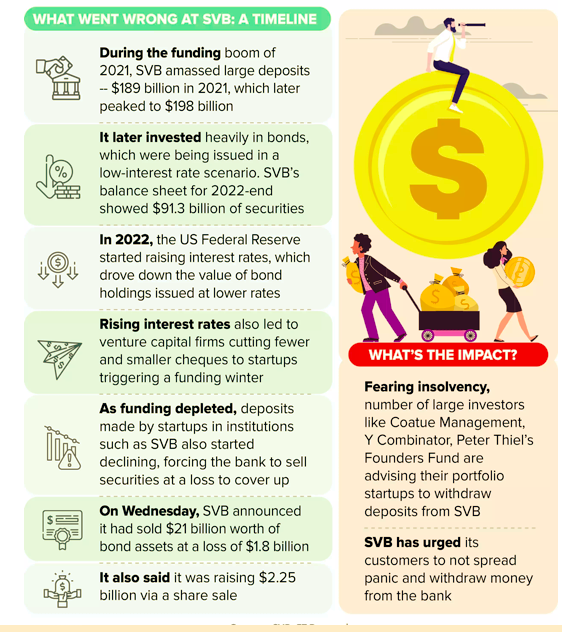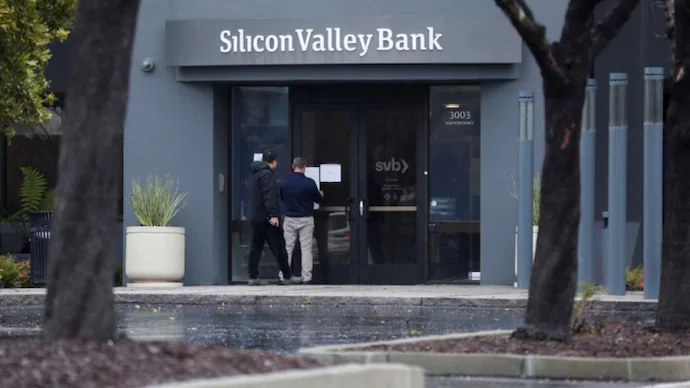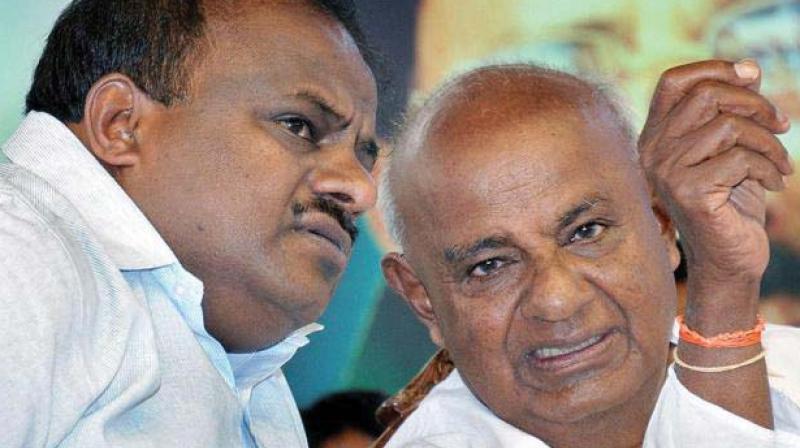Global banking and financial stocks took a massive hit on Friday after US-based commercial lender SVB Financial Group was shuttered by US regulators, following an aggressive decline in its stock that led to a market loss of over $80 billion.
With this, Silicon Valley Bank became the largest US bank to fail since the 2008 financial crisis and its sudden collapse stranded billions of dollars belonging to companies, investors and depositors.
Early Thursday, the SVB Financial Group announced it was raising $2.25 billion in a share sale in addition to having sold $21 billion worth of securities from its portfolio. The company also said that it booked a massive after-tax loss of $1.8 billion on sales of these investments.
With the US Federal Reserve raising interest rates aggressively to rein in inflation, the value of existing bonds that were issued at lower interest rates has fallen. Banks, which bought these bonds, are, as a result of the falling values, sitting on steep unrealised losses.

Another facet of the rising interest rates was the decline in funding for startups as the venture capital ecosystem took its foot off the gas pedal.
Indian investors and SaaS startups are rattled by the developments in the US.
While some are closely tracking the developments, others have started moving their deposits out from SVB. “We moved 90% of our money from SVB to Brex in the first half of Thursday I did it even before recommendation of VC funds,” Lightspeed-backed Rephrase.ai founder and CEO Ashray Malhotra told media .
New-age lenders Mercury and Brex have come up to be platforms of choice for most early-stage SaaS startups.
Late Friday, the US Federal Deposit Insurance Corporation (FDIC) said that SVB was closed by the California Department of Financial Protection and Innovation.
“To protect insured depositors, the FDIC created the Deposit Insurance National Bank of Santa Clara (DINB). At the time of closing, the FDIC as receiver immediately transferred to the DINB all insured deposits of Silicon Valley Bank,” it said.
The FDIC will sell the assets of SVB, while the DINB will maintain its normal business activities. While the insured depositors of SVB will receive their insured deposits, the uninsured depositors in the bank will be paid dividends from the asset sale.
Silicon Valley Bank Chief Executive Officer Greg Becker also sold $3.6 million of company stock under a trading plan less than two weeks before the firm disclosed extensive losses that led to its failure.

The sale of 12,451 shares on Feb. 27 was the first time in more than a year that Becker had sold shares in parent company SVB Financial Group, according to regulatory filings.
He filed the plan that allowed him to sell the shares on Jan. 26.
On Friday, Silicon Valley Bank failed after a week of tumult fueled by a letter the firm sent to shareholders that it would try to raise more than $2 billion in capital after taking losses.
The announcement sent shares in the company plunging, even as Becker urged clients to stay calm.
Neither Becker nor SVB immediately responded to questions about his share sale, and whether the CEO was aware of the bank’s plans for the capital raise attempt when he filed the trading plan. The sales were made through a revocable trust controlled by Becker, filings show.
However, critics say the prearranged share-sale plans, called 10b5-1 plans, have significant loopholes, including that they lack mandatory cooling-off periods.
In December, the SEC finalized new rules that would mandate at least a 90-day cooling-off period for most executive trading plans, meaning that they can’t make trades on a new schedule for three months after they take hold.









